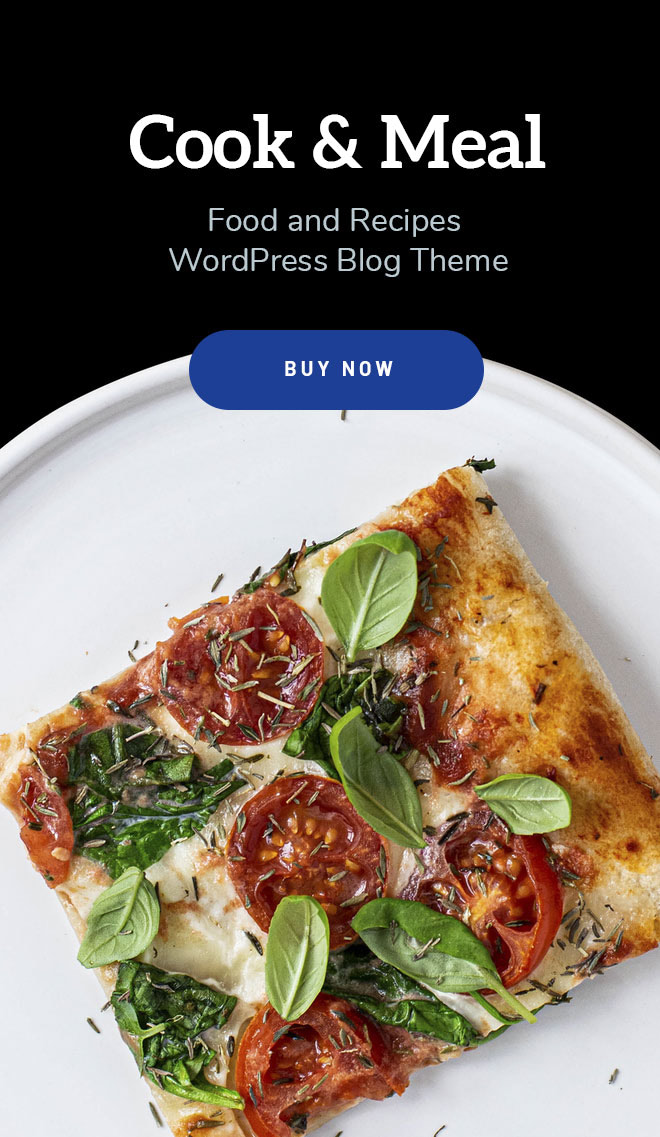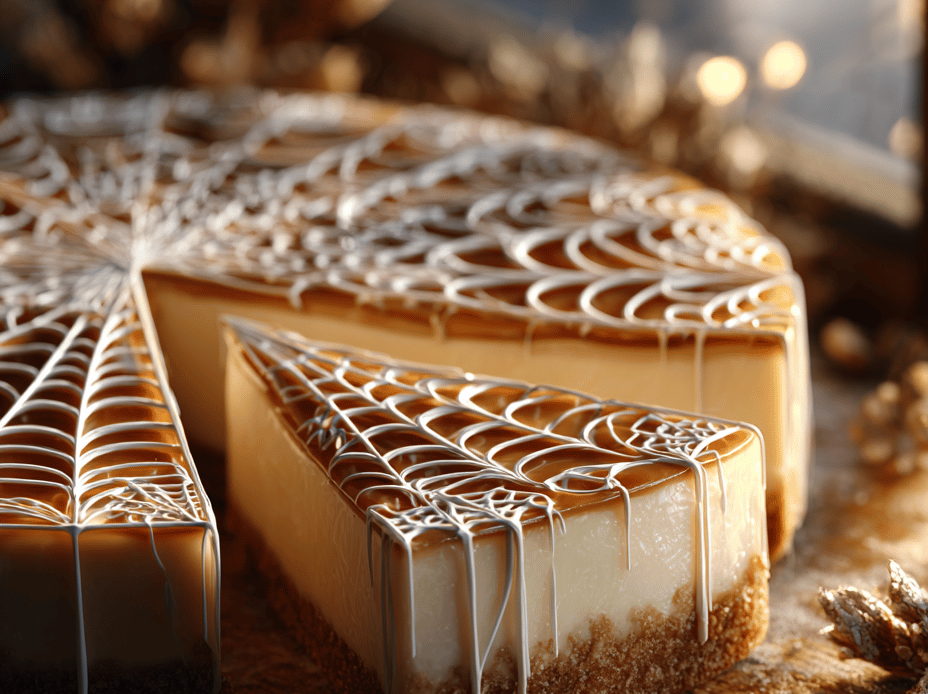
I first made this cheesecake during a quiet winter, craving something that looked as intricate as it was comforting. The web pattern became a meditative act, each strand a small victory amid the chaos of holiday prep. Its delicate design hides a rich, velvety filling that’s surprisingly forgiving to make once you get the hang of it. It’s a reminder that beauty in baking often comes from patience and a few simple, well-chosen ingredients.
Why This Cheesecake Makes Me Keep Coming Back
The contrast of textures and the visual intrigue of the web make it a rewarding bake. Every time I make it, I feel a little more patient, a little more creative. It’s a reminder that beauty can be woven into simple moments—like a slice of cheesecake, slowly enjoyed, with a web of chocolate as the finishing touch.
Key Ingredients, Honest Talk
- Digestive biscuits: Gives the crust a buttery crunch, but graham crackers work just as well.
- Cream cheese: The backbone of the filling, needs to be softened for smooth mixing.
- Sugar: Sweetens without overpowering, but honey can add a floral note.
- Eggs: Bind the filling, make sure they’re at room temp for easier mixing.
- White chocolate: Creates the web pattern—try it with dark for a striking contrast.
- Lemon zest: Brightens the filling, but skip if you prefer a more neutral flavor.
Tools of the Trade
- 20cm springform pan: To hold the crust and filling, easy to remove the cheesecake.
- Mixing bowls: For combining crust ingredients and filling.
- Electric mixer: To beat the cream cheese and sugar until fluffy.
- Rubber spatula: To fold ingredients smoothly.
- Parchment paper: To help with web pattern placement and cleanup.
- Toothpick or skewer: To create the web lines in the chocolate.
- Oven thermometer: For precise baking temperature.
Crafting the Spiderweb: Step-by-Step
Step 1: Preheat your oven to 160°C (320°F).
Step 2: Mix crushed digestive biscuits with melted butter until crumbly, then press into a 20cm springform pan.
Step 3: Bake the crust for 10 minutes, then set aside to cool.
Step 4: Beat cream cheese with sugar until smooth and fluffy, about 3-4 minutes.
Step 5: Add eggs, one at a time, mixing slowly. Incorporate vanilla extract and lemon zest for brightness.
Step 6: Pour the filling over the cooled crust. Prepare your spiderweb topping.
Step 7: Create the web pattern with melted white chocolate, starting from the center outward, then drag a toothpick to form strands.
Step 8: Bake for 55-60 minutes, until the edges are set but the center jiggles slightly.
Step 9: Let cool in the oven with the door ajar for 1 hour, then chill in the fridge for at least 4 hours or overnight.
Sweet Success Points
- The crust should be golden and firm when baked, not soggy or pale.
- Filling should be smooth, with no lumps or cracks appearing on the surface.
- The web pattern should hold its shape without melting or losing definition after baking.
Avoid These Cheesecake Fumbles
- Filling cracks or rises unevenly.? Gently tap the pan to release air bubbles in the filling before baking.
- Cracks or soggy crusts.? Wrap the pan in foil to prevent water seeping in during the water bath.
- Web smudges or melts into the filling.? Ensure web chocolate cools slightly before drawing lines.
- Dense texture or cracks.? Don’t overmix the filling; keep it light.
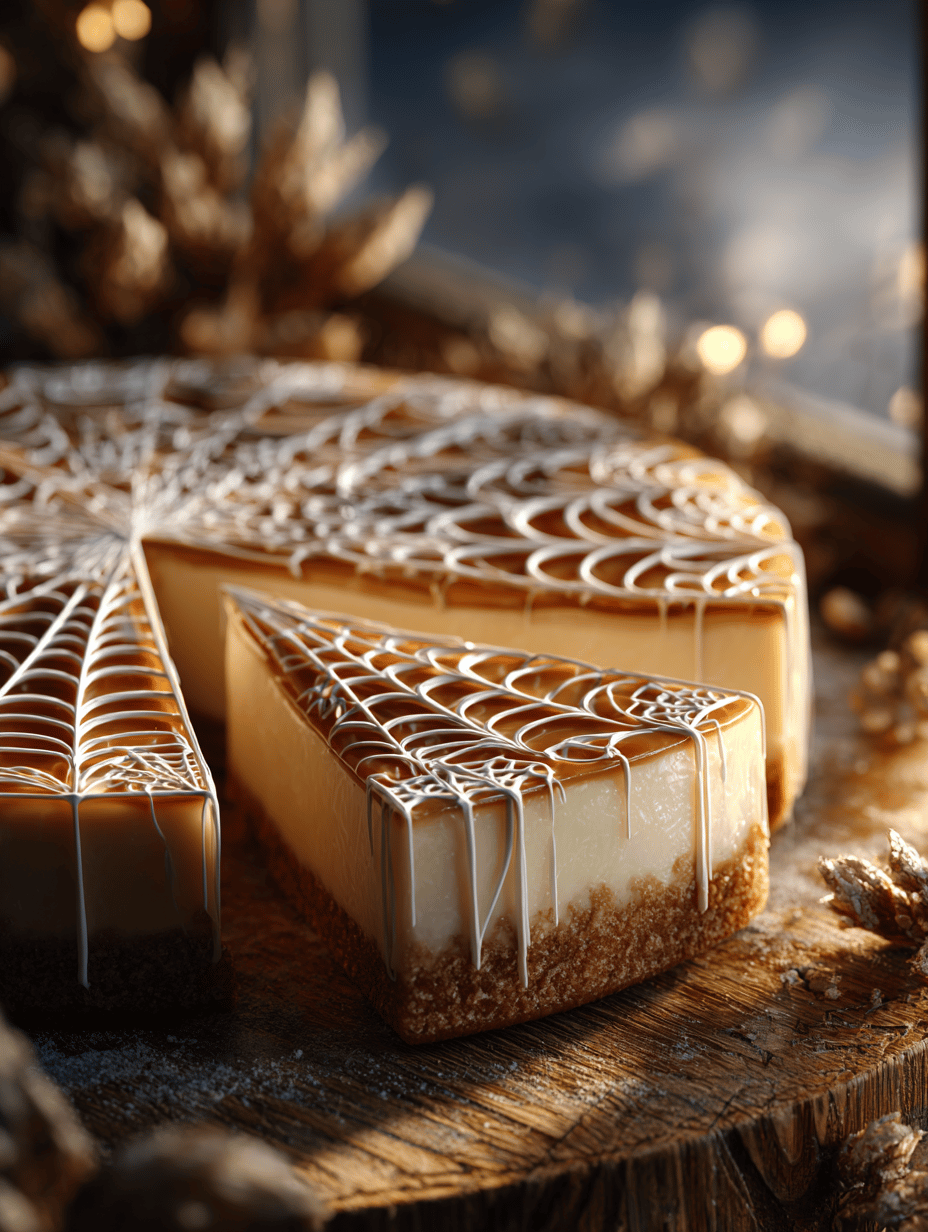
Spiderweb Cheesecake
Ingredients
Equipment
Method
- Preheat your oven to 160°C (320°F).
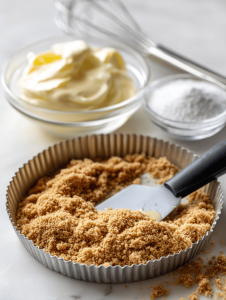
- Crush the digestive biscuits into fine crumbs using a food processor or by placing them in a plastic bag and crushing with a rolling pin.
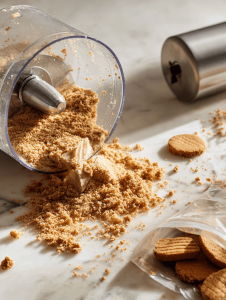
- Mix the biscuit crumbs with melted butter until evenly coated and the mixture resembles wet sand.
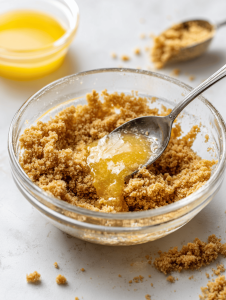
- Press the crumb mixture firmly into the base of a 20cm springform pan, smoothing it out with the back of a spoon or a flat spatula.
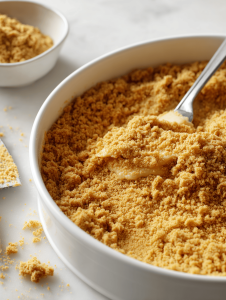
- Bake the crust for 10 minutes until lightly golden, then set aside to cool.
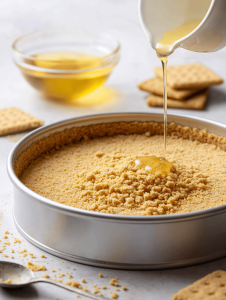
- In a large mixing bowl, beat the softened cream cheese with granulated sugar using an electric mixer until smooth, creamy, and fluffy—about 3-4 minutes.
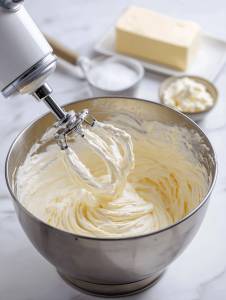
- Add eggs one at a time, mixing slowly after each addition to keep the filling smooth and prevent cracks.
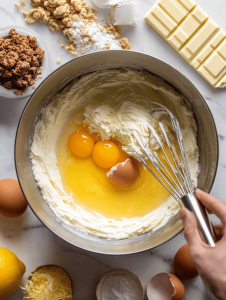
- Stir in vanilla extract and lemon zest, if using, to brighten the flavor of the filling.
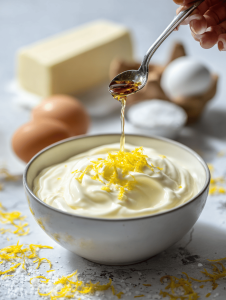
- Pour the filling over the cooled crust, smoothing the top with a spatula.
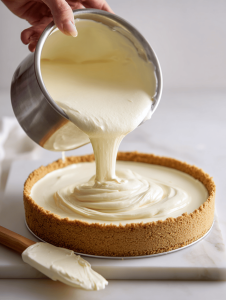
- Bake the cheesecake for 55-60 minutes until the edges are set but the center still jiggles slightly when gently shaken.
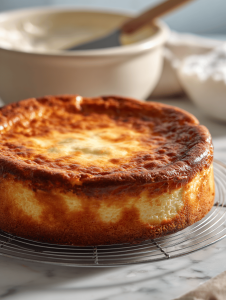
- Remove the cheesecake from the oven and let it cool in the pan with the door slightly open for 1 hour to prevent cracking.
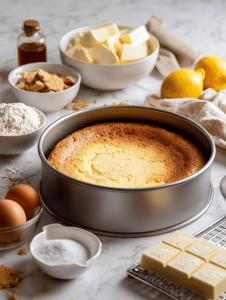
- Chill the cheesecake in the refrigerator for at least 4 hours or overnight to ensure it’s fully set.
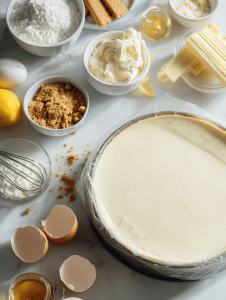
- Prepare your melted white chocolate and let it cool slightly until it’s warm but not hot.
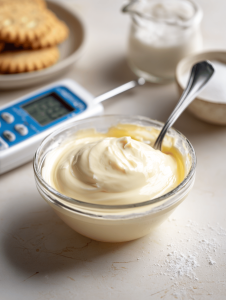
- Spread a thin layer of melted white chocolate over the top of the chilled cheesecake, then allow it to set for a few minutes.
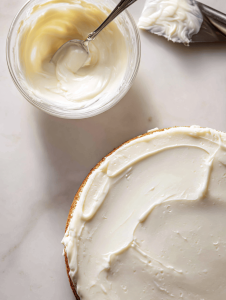
- Using a toothpick or skewer, draw concentric circles and radial lines over the chocolate surface to create a web pattern, starting from the center and working outward.
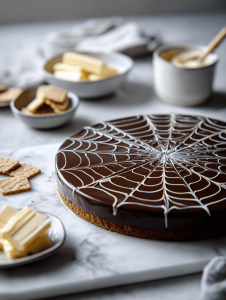
- Once the web pattern is complete and the chocolate is set, slice the cheesecake carefully and enjoy the stunning, creamy dessert with a beautiful chocolate web.
Notes
Hi, I’m Madison Greene, the voice and creator behind Texture Obsessed. Born and raised in the United States, I’ve always believed that food is more than just flavor — it’s about the way it feels.


